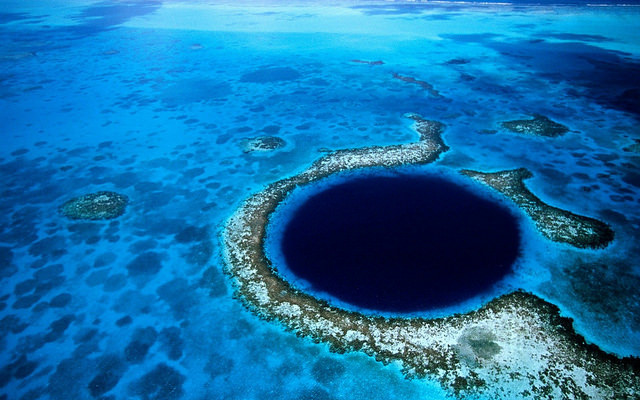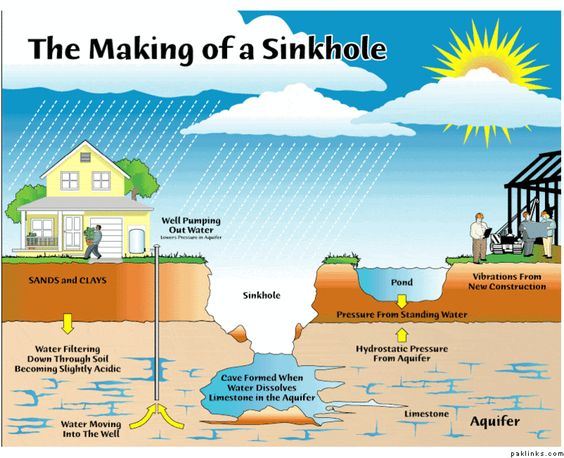 The Great Blue Hole, located in Belize, is one of the most mysterious and beautiful creations of Mother Earth. It is the world’s largest sinkhole at 124 meters deep and 318 meters across.
The Great Blue Hole, located in Belize, is one of the most mysterious and beautiful creations of Mother Earth. It is the world’s largest sinkhole at 124 meters deep and 318 meters across.
A recent expedition into the Great Blue Hole has unraveled some of its secrets. Fabien Cousteau was one of the crew members of the expedition. He is the grandson of the famous French filmmaker and underwater explorer, Jacques Cousteau, who made the Great Blue Hole famous by bringing his ship, the Calypso, to the breathtaking sinkhole in 1971.
Richard Branson, who also joined the explorers on their journey, is the co-founder of Ocean Unite, an organization that strives to protect the ocean. He is also the founder of the Virgin group. The expedition was lead by Erika Bergman of Aquatica Submarines. Bergman was the chief pilot, oceanographer, and operations manager of the expedition.
This journey marked the first time man visited the bottom of the Great Blue Hole. On December 2, Discovery channel aired part of the expedition live for the people over the world to see. The team of explorers returned with incredible findings.
What is the Great Blue Hole?
 A blue hole, also known as a sinkhole, is a marine cavern surrounded by limestone or coral reef. Blue holes are usually circular in shape. Around the circumference of the blue hole, the water is usually light blue indicating shallow waters, and the water in the middle is often dark blue signaling deep waters.
A blue hole, also known as a sinkhole, is a marine cavern surrounded by limestone or coral reef. Blue holes are usually circular in shape. Around the circumference of the blue hole, the water is usually light blue indicating shallow waters, and the water in the middle is often dark blue signaling deep waters.
Blue holes were formed during the Ice Age. Glacial runoff started to dissolve the limestone ground. This lead to the formation of sinkholes with caverns, similar to underground caves with stalactite formations that you might have visited. The ceilings of the massive caverns eventually collapsed leaving an enormous hole. After the melting of the glaciers, the water filled these holes and resulted in the formation of blue holes.
Blue holes are mostly filled with freshwater, but tides from the ocean often bring in salt water into the blue holes. But the rare blue holes which are landlocked, contain only fresh water.
The Findings
The crew mapped to blue holes using sound waves. When sound waves hit an object they bounce off depending on its size and shape. Using sound waves, they created a 3D sonar map of the Great Blue Hole. They also discovered stalactites or mineral growth that formed when the sea level was 500 feet lower, and the sinkhole was a dry cave.
At around a depth of 300 feet, there is a layer of hydrogen sulfide, an acid, in the blue hole. Below the layer of acid, there is no oxygen present allowing no life to exist. The explorers also found a region at the bottom of the Great Blue Hole that had hundreds of dead conch or mollusks. The explorers said that they most likely died of lack of oxygen after falling into the layer of acid.
Fortunately, the crew of the expedition reported very little presence of trash in the Great Blue Hole. They only saw a couple of plastic bottles at the bottom of the blue hole. The crew’s findings helped them understand more about the formation of the Great Blue Hole and its characteristics. These findings can also help scientists in tracing back the evolution of our planet.
Sources: LiveScience, LonelyPlanet, Belize.com








